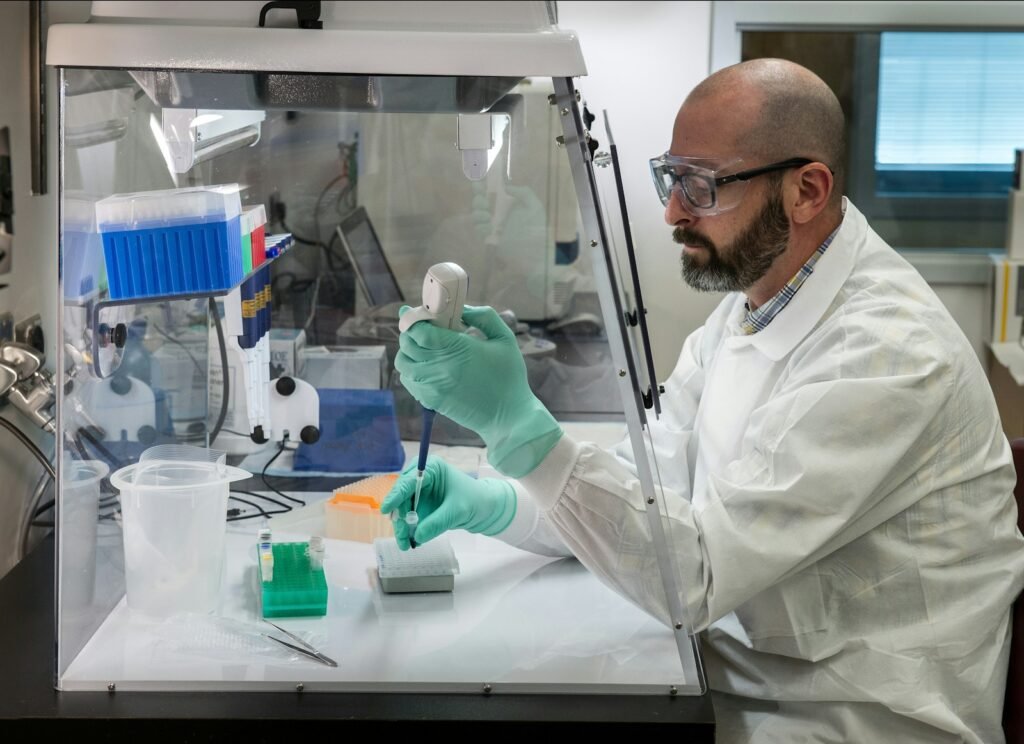Picture yourself driving through the heart of Florida, with the sun painting golden ribbons across endless seas of orange groves. For generations, these trees have been the lifeblood of Florida’s agriculture, a symbol of sunshine and prosperity. But beneath this picturesque scene, a tiny, almost invisible enemy is bringing the state’s iconic groves to their knees. The citrus psyllid, a minuscule insect with a devastating secret, is spreading havoc through the state’s orchards—threatening not just a fruit, but a way of life. This is the story of a plague that’s changing Florida’s landscape, one leaf at a time.
The Arrival of an Unseen Invader
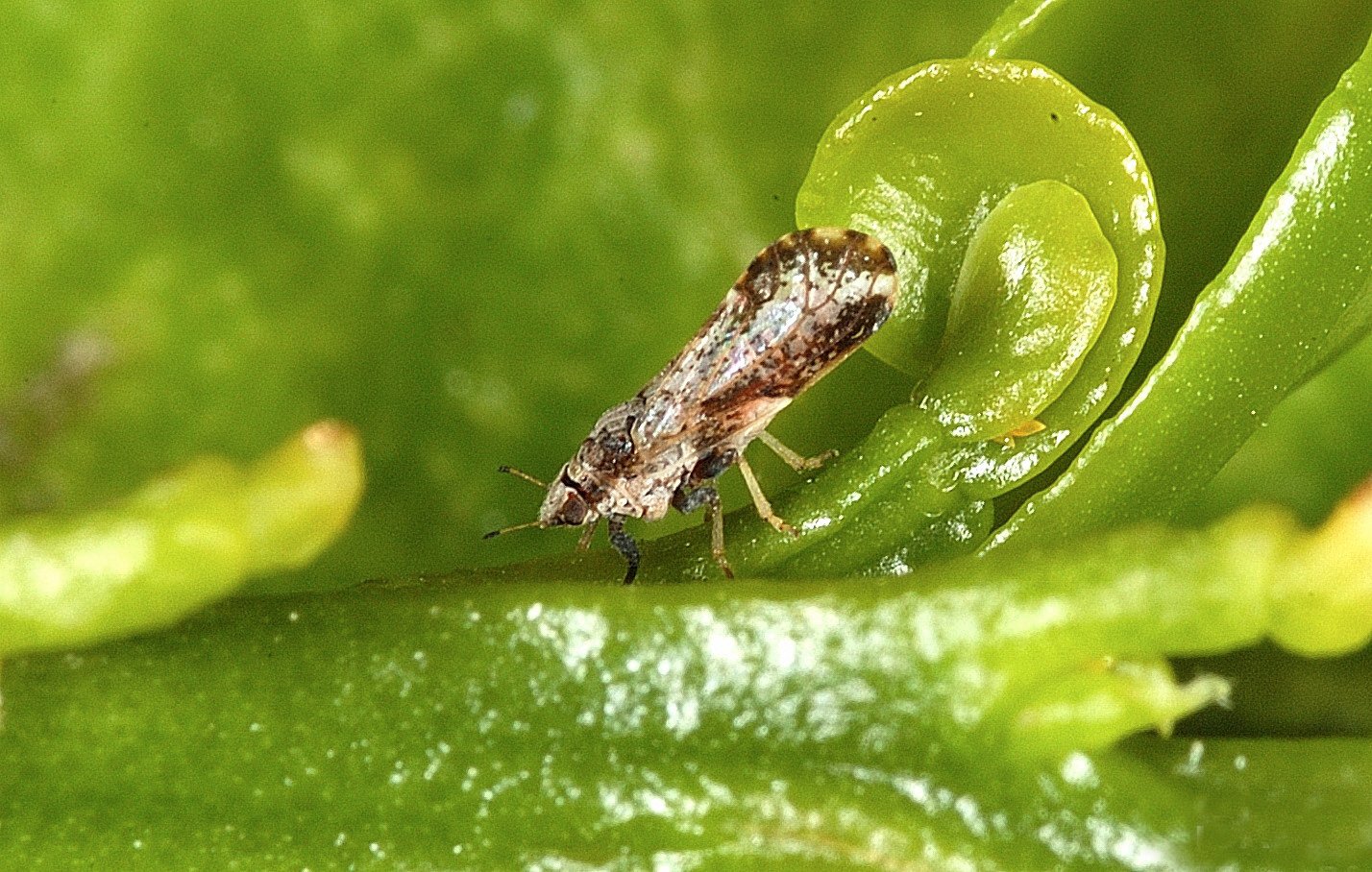
It’s hard to imagine that an insect smaller than a grain of rice could cause such chaos, but the Asian citrus psyllid has done just that. First spotted in Florida back in 1998, this pest seemed innocuous at first glance. However, it quickly became clear that the psyllid wasn’t just another bug. It brought with it a deadly bacterium, and its arrival marked the beginning of a slow-motion disaster for Florida’s orange industry. The invader’s stealthy spread went largely unnoticed until the damage was too visible to ignore. Today, every citrus grower in Florida knows the psyllid by name—and fears what it brings.
Meet the Culprit: Asian Citrus Psyllid

The Asian citrus psyllid, or Diaphorina citri, is not your ordinary pest. About the size of an aphid, it feeds on young citrus leaves, injecting toxins that weaken the plant. But its true danger lies in its role as a vector for a lethal disease called Huanglongbing, or citrus greening. Psyllids breed rapidly in Florida’s warm climate, making them nearly impossible to eradicate once established. Unlike some pests that can be controlled with a single spray, psyllids require constant, relentless management. For growers, the psyllid is a relentless foe that never seems to sleep.
A Fatal Companion: Huanglongbing Disease
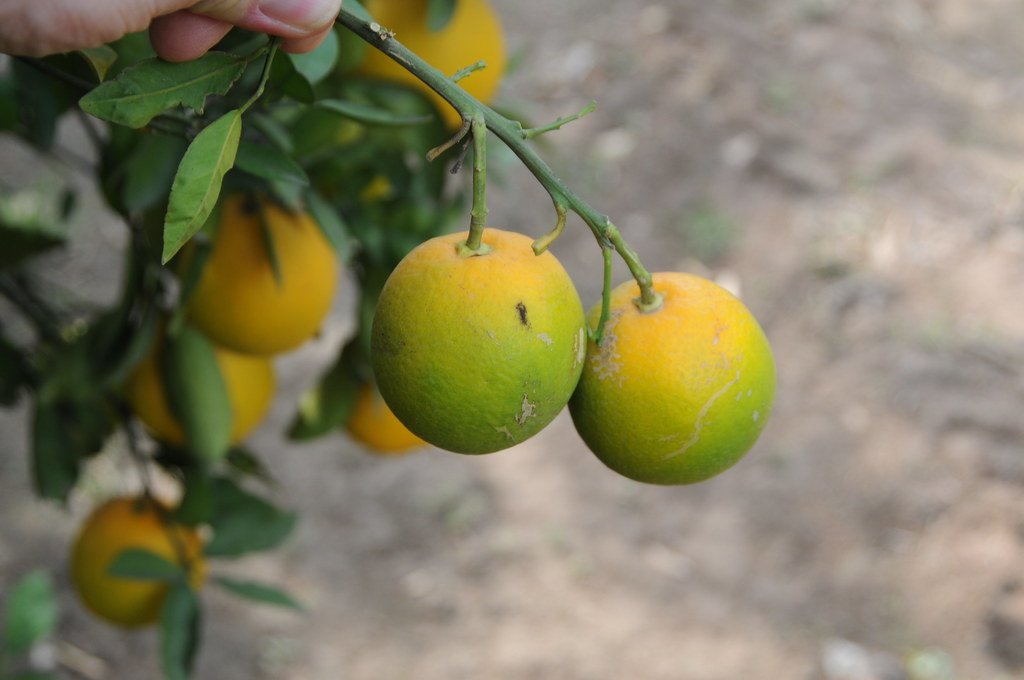
Huanglongbing, often shortened to HLB, is as devastating as its name is hard to pronounce. Translated from Chinese, it means “yellow dragon disease,” a fitting moniker for a sickness that turns green leaves to sickly yellow and twists fruit into bitter, misshapen orbs. Once a tree is infected, there is no cure. The disease blocks the flow of nutrients, slowly starving the tree over several years. Some groves are filled with trees that look healthy at a distance, but up close, the tragedy is impossible to miss: yellowing leaves, dying branches, and fruit that drops before it’s ripe.
How the Plague Spreads
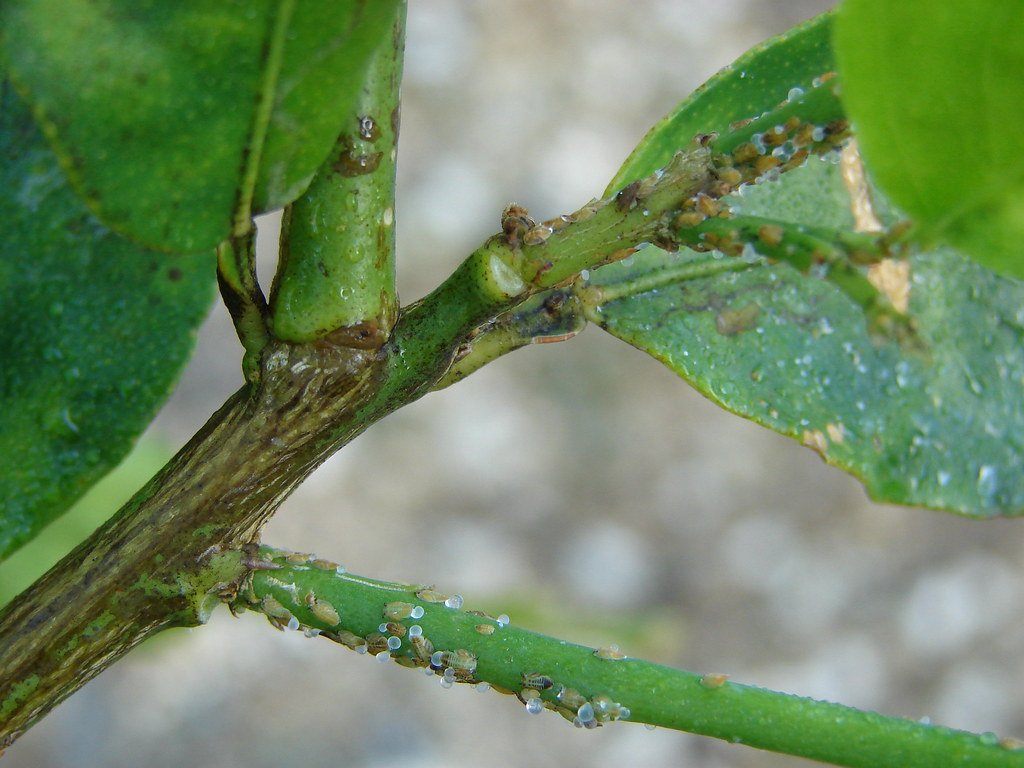
The spread of the citrus psyllid and HLB is alarmingly efficient. All it takes is one infected psyllid feeding on a healthy tree to start the cycle. The bug can fly short distances, but it often hitches rides on the wind, on farm equipment, or even on people’s clothing. Infected groves become sources of new outbreaks, and the psyllid’s tiny size makes detection a huge challenge. Even vigilant farmers sometimes miss the first signs, only realizing the problem after it’s too late to save the trees. The interconnectedness of Florida’s orange belt means that no grove is truly safe.
The Toll on Florida’s Citrus Industry

Few industries have been hit as hard by a single pest as Florida’s citrus sector. Once producing nearly 250 million boxes of oranges a year, the state’s output has plummeted since the arrival of the psyllid and HLB. Some family farms have shut their doors after generations in business. Others limp along, watching annual yields shrink and trees die back. The economic impact stretches beyond farmers, affecting juice processors, truck drivers, and even local shops that depend on the citrus trade. For many, the sight of dying groves feels like the loss of a cherished family heirloom.
Scientific Sleuths: Tracking the Insect’s Movements

Entomologists and plant pathologists have become detectives in the fight against the citrus psyllid. Using sticky traps, DNA analysis, and even drones, scientists are mapping the insect’s movements across the state. Their work is a race against time, trying to spot new outbreaks before they spiral out of control. The data they collect helps farmers make smarter choices about when and where to spray, and provides crucial information for developing better defenses. Despite the odds, these scientific sleuths continue to search for patterns that might offer hope.
Desperate Defenses: Chemical Warfare
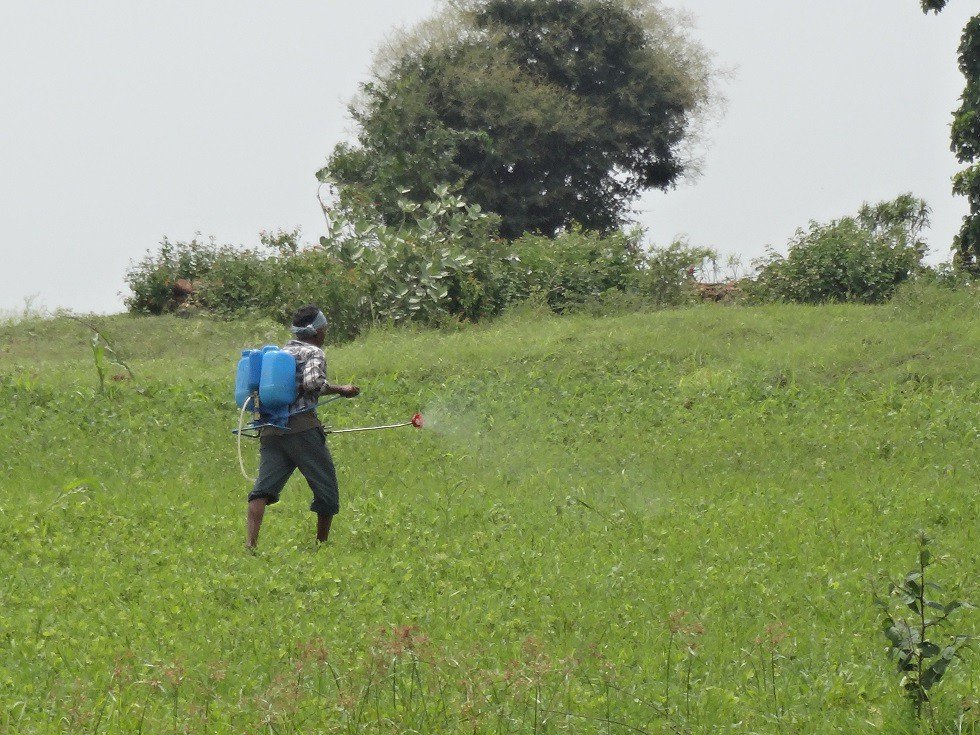
To keep the psyllid at bay, many growers have turned to an arsenal of insecticides. These chemicals can temporarily reduce psyllid populations, but they come with a cost. Overuse leads to resistance, making the pests even harder to kill. The constant spraying also impacts beneficial insects like bees, which are essential for pollination. Some farmers describe the battle as a treadmill: if they stop even briefly, the psyllids bounce back stronger than before. It’s a grueling, expensive, and often thankless fight, but for some, it’s the only way to keep their groves alive.
Biological Control: Nature’s Own Warriors
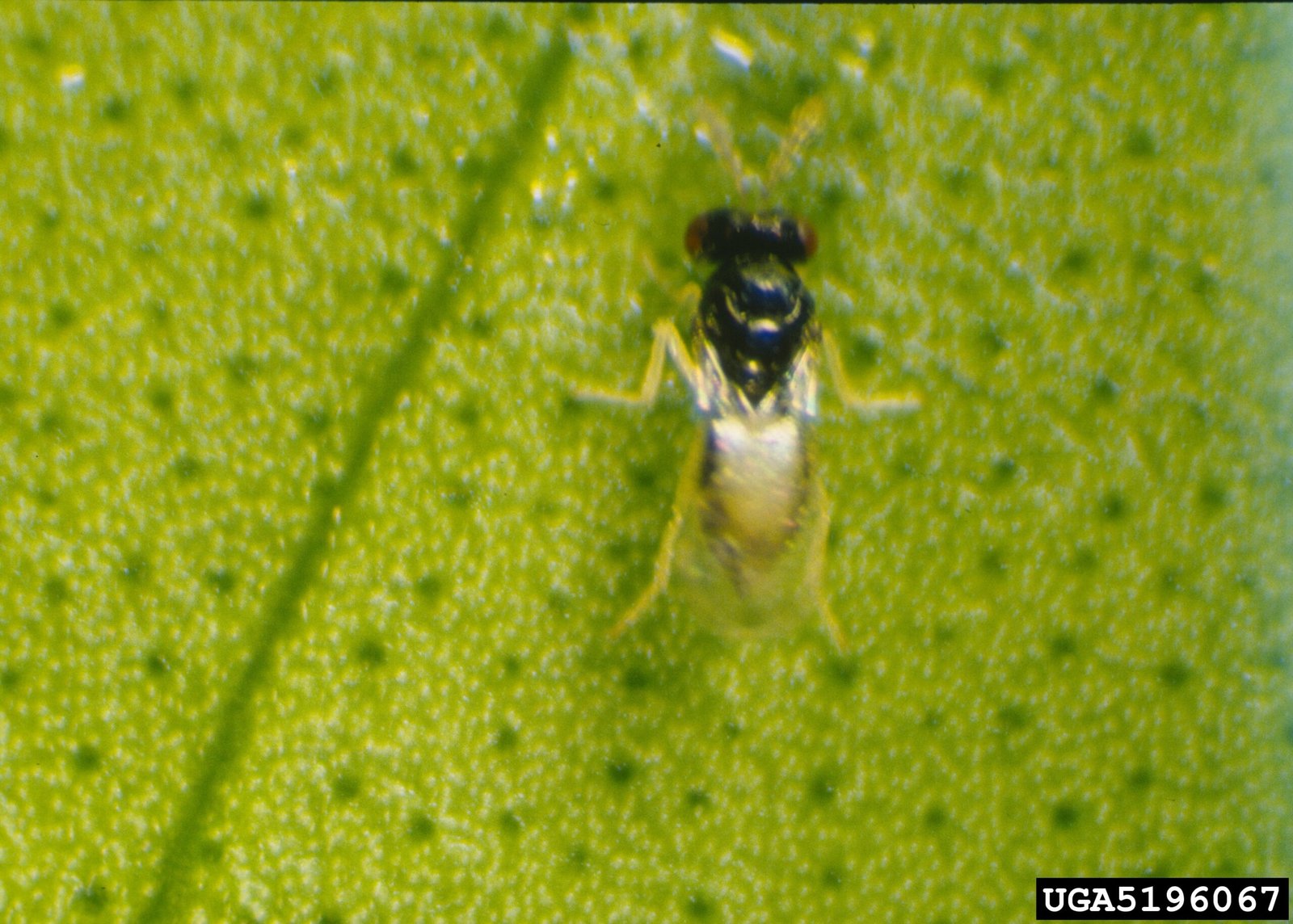
In the search for sustainable solutions, scientists have looked to nature for help. Lady beetles, lacewings, and tiny parasitic wasps have all been recruited to hunt and destroy the psyllid. The most promising ally is Tamarixia radiata, a wasp that lays its eggs inside psyllid nymphs, killing them from within. Releasing these wasps into groves has shown some success, but it’s not a silver bullet. Nature’s warriors work best when combined with other methods, and their effectiveness can be limited by weather and other factors. Still, biological control offers a glimmer of hope for eco-friendly pest management.
Grafting for Survival: New Roots, New Hope

Not all citrus trees are equally vulnerable to HLB. Some rootstocks—used as the base for grafted trees—show partial resistance to the disease. By grafting popular orange varieties onto these tougher roots, growers hope to extend the life of their groves. It’s a bit like giving the tree a new immune system. The process is time-consuming and expensive, but it buys precious years while scientists search for a true cure. Every new tree planted with resistant roots is a small act of defiance against the plague.
Genetic Engineering: The Promise of a Super Orange

Modern science is racing to outwit the citrus psyllid using the tools of genetic engineering. Researchers are experimenting with genes from spinach, peppers, and even bacteria to create orange trees that can fight off HLB. These genetically modified trees are still in the testing phase, but early results look promising. Some show reduced symptoms or even complete resistance. The idea of a “super orange” excites some and worries others, sparking debates about the future of food. If successful, genetic engineering could rewrite the fate of Florida’s groves.
The Human Cost: Stories from the Groves

Behind the numbers and science are real people—farmers whose lives have been turned upside down. Some talk about watching trees they planted as children slowly wither away. Others describe sleepless nights spent worrying about making payroll or keeping the family farm. For many, citrus growing is more than a job; it’s a proud tradition, a legacy passed down through generations. The psyllid plague feels deeply personal, and the emotional toll is as real as any financial loss. These stories add a human face to the crisis.
Environmental Ripples: Beyond the Orange Groves

The impact of the psyllid plague stretches far beyond the boundaries of Florida’s orchards. The increased use of pesticides affects water quality and local wildlife, from frogs to birds. Abandoned groves become overgrown, serving as breeding grounds for invasive plants and pests. Even the iconic landscape of Florida is changing, as once-lush citrus belts give way to weeds and scrub. The crisis reminds us that in nature, nothing happens in isolation—a single insect can send shockwaves through an entire ecosystem.
Economic Fallout: A Community in Crisis

Florida’s citrus industry has long been a cornerstone of the state’s economy. The loss of orange production has rippled through rural communities, leading to job losses and shrinking tax bases. Packing plants have closed, and local businesses that once thrived on citrus dollars are struggling to survive. Tourism is affected too, as fewer visitors come to see the famed orange groves. For many small towns, the future feels uncertain, and the sense of loss goes far beyond dollars and cents.
Innovative Monitoring: Eyes in the Sky

With the stakes so high, technology is playing a bigger role in the battle against the psyllid. Drones equipped with cameras and sensors now patrol groves, scanning for early signs of disease or pest outbreaks. These “eyes in the sky” can cover acres in minutes, spotting problems that would take humans days to find. Paired with artificial intelligence, the data they collect helps farmers react faster and more precisely. It’s a high-tech twist on age-old farming, blending tradition with innovation.
Community Collaboration: United Against the Plague

One thing has become clear: no farmer can face this crisis alone. Across Florida, growers are sharing information, coordinating treatments, and even pooling resources to fight the psyllid. University extension agents, government agencies, and private companies are working together like never before. These partnerships are breaking down old rivalries and creating a sense of shared purpose. In the face of disaster, the citrus community is discovering new strength in unity.
Public Awareness: Everyone Plays a Role

Fighting the citrus psyllid isn’t just a job for scientists and farmers. Home gardeners, landscapers, and consumers all play a part. By learning to spot the signs of HLB, reporting suspicious insects, and supporting local citrus, everyone can help slow the spread. Educational campaigns have brought the crisis into classrooms and community centers. The message is simple but powerful: saving Florida’s oranges is a cause that touches everyone, from backyard growers to breakfast tables nationwide.
The Future of Florida’s Oranges

The fight against the citrus psyllid and HLB is far from over, but hope still flickers amid the devastation. New technologies, community spirit, and scientific breakthroughs are forging a path forward. Every orange harvested, every new tree planted, is a small victory against the plague. The story of Florida’s oranges is one of resilience, innovation, and the relentless determination to protect something precious. Will the groves one day thrive again, or are we witnessing the end of an era? Only time will tell, but one thing is certain: the battle for Florida’s oranges is a fight worth waging.


